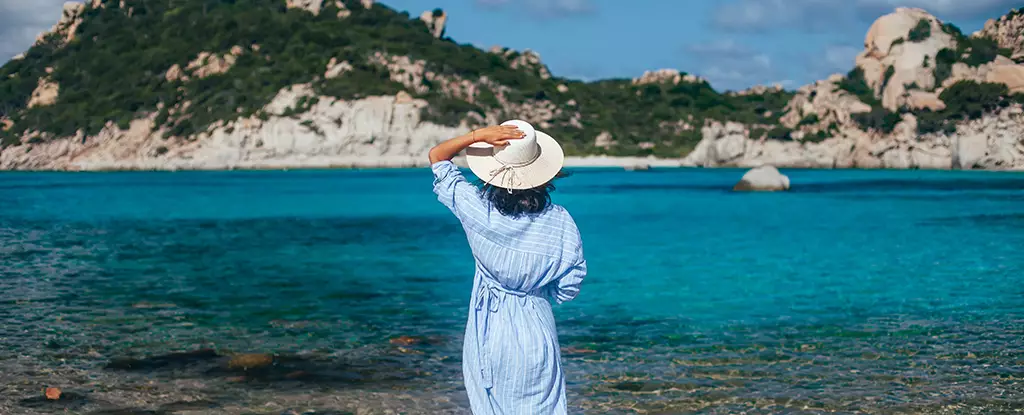The pursuit of longevity has captivated human beings for centuries. As advancements in medicine and living conditions have increased our average lifespan, the focus has shifted from simply living longer to living healthier for longer. This article explores the concept of “blue zones,” locations around the world where there is a higher prevalence of centenarians exhibiting both physical and mental well-being. These blue zones offer valuable insights into the keys to long and healthy lives.
The allure of eternal youth has spawned a multi-billion pound industry dedicated to anti-ageing products and therapies. However, while our average life expectancy has increased significantly over the past century, so has the incidence of chronic and degenerative diseases. Heart disease, in particular, is a growing concern. Therefore, it is crucial to shift our focus from simply prolonging life to improving “healthy life expectancy.”
Through studies like the AKEA study in Sardinia, Italy, researchers have identified certain locations worldwide where the proportion of centenarians is unusually high. These areas, known as blue zones, include Sardinia, Italy; Ikaria, Greece; Okinawa, Japan; Nicoya, Costa Rica; and Loma Linda, California. While there may be various factors contributing to longevity in these regions, commonalities have emerged.
It is estimated that genetics only account for 20-25% of an individual’s lifespan. Factors like lifestyle and environment play a significant role in determining longevity. People in blue zones tend to live in rural or less polluted areas, suggesting the importance of a clean environment. Additionally, being part of a community, having a life purpose, maintaining a low-stress lifestyle, and engaging in purposeful physical activities contribute to their overall well-being.
While each blue zone has its own dietary approach, a high intake of plant-based foods is consistently found. Locally-grown vegetables, fruits, and legumes are staples in their diets. For example, the Seventh-day Adventists in Loma Linda follow a predominantly vegetarian diet. In Okinawa, flavonoid-rich foods like purple sweet potatoes and soy contribute to cardiovascular health. Consuming locally produced rice and beans in Nicoya is associated with longer telomere length, a biomarker of aging.
In Sardinia, the diet includes moderate amounts of meat and fish, alongside vegetables and traditional foods such as acorn breads, sourdough flatbread, honey, and soft cheeses. Olive oil, wine in moderation, and tea are also prevalent. These foods contain antioxidants that help protect against cellular damage. The absence of ultra-processed foods, fast foods, and sugary drinks in blue zone diets emphasizes the importance of fresh, whole foods in promoting longevity.
A striking observation in blue zones is the practice of eating until 80% full, which supports partial caloric reduction. This approach may aid in cellular damage repair as we age. The combination of plant-based and natural whole foods in blue zone diets is associated with a lower risk of chronic diseases such as heart disease and cancer. These diets also promote a diverse gut microbiome, which is crucial for healthy aging.
While diet is just one piece of the longevity puzzle, it is an aspect within our control. By adopting the principles observed in blue zones, we can potentially enhance the quality of our health and the way we age. The secrets to longevity lie in a combination of lifestyle factors, genetics, and a diet rich in plant-based, whole foods. Embracing these lessons from the blue zones could be the key to unlocking a longer, healthier life.


Leave a Reply